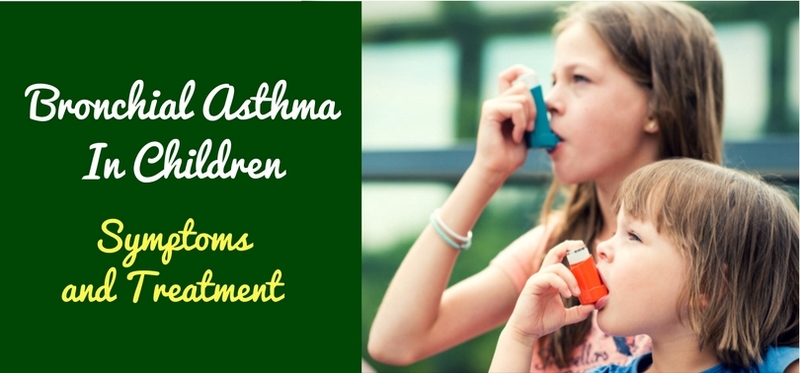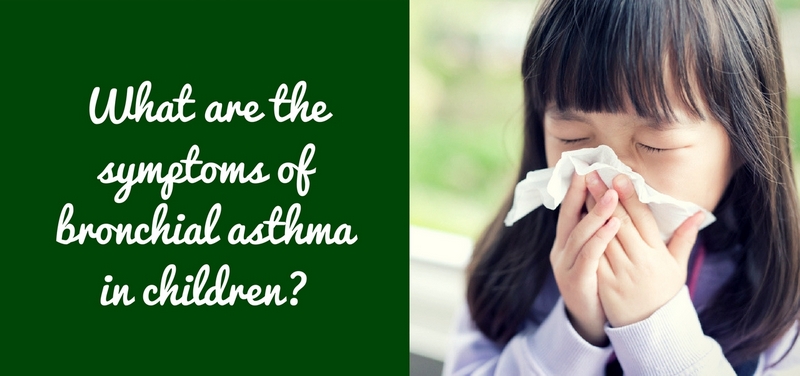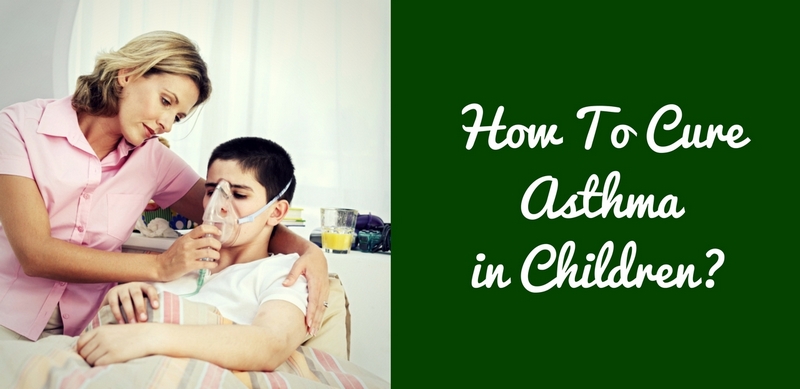
Bronchial asthma does not always mean a suffocation and dry cough. For example, children under 5 years of age may have such symptoms as swelling of bronchial mucosa and abundant sputum output.
The disease should be given maximum attention in childhood, parents should notice noticing any “alarming bells” of the child’s body.
Asthma in children: what you need to know?
The disease has an allergic nature, it is based on the inflammatory process in the airways and the hyperreactivity of the bronchi to external stimuli. From time to time, the patient experiences attacks of bronchial obstruction (partially or completely reversible) with a cough, wheezing, tightness in the chest.
Unlike asthma in adults, asthma in children is difficult to identify: small patients often can not describe the state of discomfort. In addition, at the little age, bronchi have a narrower lumen and less developed muscular apparatus, as a result of which asthma seems to be a common cold. Sometimes even the qualified doctors cannot make a correct diagnosis, believing that the child has a common cold.
Today, about 10% of children suffer from bronchial asthma. Half of the small patients get the disease by the age of 2, the second half – by the age of 6.
Most often, children have an atopic bronchial asthma. It’s caused by an allergy, because of which the bronchi contract later. The cause of seizures may be inhaled allergens:
- Dust;
- Wool of domestic animals;
- Pollen of plants;
- Mold spores;
- Food allergens.
Who is susceptible to the disease?
Experts are still unable to determine the cause of bronchial asthma. It’s also a mystery why there are more asthmatics in some definite regions, although, it would seem, the ecological conditions are standard. On the other hand, there are risk factors for asthma, including:
- Hereditary predisposition. The risk of asthma in a child rises 2.6 times if the mother has same illness, and 2.5 times – if the is sick. If both parents have bronchial asthma – the risk increases 6.6 times;
- Diathesis (atopic dermatitis) or other allergic diseases can develop into asthma over the years;
- Mother’s smoking during pregnancy increases the probability of the child being born with asthma by 25%. The forecast becomes even worse if adults smoke next to a baby shortly after birth. In such a child, bronchial asthma can develop only one month after birth;
- Unfavorable environmental conditions. The state of the environment in large cities leaves much to be desired, but living near large enterprises is several times more dangerous due to the high amounts of dust;
- Frequent colds – especially if they give complications to the bronchi.
Symptoms of bronchial asthma in children

An attack of bronchial asthma can start with a cough. Later, a child gets a runny nose and hives. Breathing becomes intermittent: a short breath and a heavy exhalation can be accompanied by whistling and wheezing. It seems as if the child convulsively “catches” air with the mouth. The child’s lips turn blue, and the skin starts to turn pale.
The peculiarity of asthma in children is a night cough. It is considered an attack of bronchial asthma.
What should parents do during an attack?
If you see that your child has an attack, do not panic. Try to distract his attention, give him his favorite toy, talk about something extraneous and so on. Your task is not to let the baby get scared because panic will only exacerbate the problem and will not let you stop the attack. Put the child on the chair, open the window and use an asthma inhaler. After this, you can make hot baths for the baby’s feet and hands. If the attack does not stop after all these manipulations, call an ambulance.
What parents MUST NOT do during an attack
Unreasonable actions of parents during an attack can sometimes do harm, so it is necessary to mention what you MUST NOT do during an attack. So, there is NO way you give your child:
- Antibiotics. These are the most useless drugs in asthma. Use of antibiotics is allowed only in one case – if the child has a complication in the form of pneumonia, and only according to the doctor’s prescription;
- Expectorants. All of them stimulate the mucus in the respiratory tract, which is excessive in asthma;
- Sedatives. Such medicines only reduce the depth of breathing, which is fatal during an asthma attack.
Diagnosis of asthma in children
The most important aspect of the examination of the patient is the collection of data from the medical history. Asthma in children is not always diagnosed in time.
A mother or a child can be asked to answer a number of questions, for example:
Did the child have any of the following conditions during the last year?
- Sudden coughing attacks with wheezing and dyspnoea;
- Constant obstructive syndrome;
- Whistling wheezing at a certain time of year.
Whistling wheezing in a child can be provoked by a number of other diseases:
- Congenital anomalies (immunodeficiency, cystic fibrosis, congenital heart disease);
- Chronic rhinosinusitis;
- Tuberculosis;
- Mechanical problems;
- Gastroesophageal reflux.
Treatment of children’s asthma

Although the nature of the disease has not yet been clarified, the methods of its treatment are numerous. All of them are designed to reduce the number of seizures and avoid provoking factors.
Asthma inhalers are the most popular means of asthma treatment. In addition to inhalers, it is necessary to use agents that improve the bronchial state during the remission period. They are prescribed individually by the attending physician and are used according to the scheme.
Children with asthma are often prescribed curative gymnastics and sanitary treatment.
Some doctors suggest that parents take a course of allergen-specific immunotherapy, especially if it is impossible to eliminate the irritant causing seizures. The essence of the method is the “accustoming” the body to an allergen. The child is injected with a part of the substance that triggers asthma, gradually increasing the dose (this is done both by injection and in other ways). As a result, the immune system “gets used to” the irritant and stops responding to it as sharply as before. Treatment of asthma in this way has its positive results: according to statistics, 83% of asthmatics who have used allergen-specific immunotherapy do not experience regular seizures, but studies are still ongoing.
For first aid in asthma, doctors usually prescribe Ventolin inhaler, also known as Albuterol or Salbutemol. This medication widens the bronchi in a few minutes, and it becomes much easier to breathe. Do not be afraid of such preparations – Ventolin active substance gets directly into the bronchi, so side effects are minimal. You can buy inhalers in any pharmacy, but if you are interested in the cheapest option, pay attention to Ventolin from Canada. Bear in mind that Ventolin inhaler is usually used for an immediate relief of an attack, not for asthma prevention.
Prevention of asthma in children
Measures to prevent asthma in a child can be divided into two types: primary and secondary. Primary prevention includes measures to prevent the disease, and secondary prevention includes measures to prevent new attacks with an existing disease.
To prevent asthma in a child, parents should protect the child from provoking factors as much as possible, avoid smoking next to a baby and carefully monitor his health, especially during seasonal colds.
To reduce the incidence of attacks with an existing disease, a doctor prescribes asthma medications, a special diet, the most healthy way of life for the whole family and the calm atmosphere in the house. If your child is attending school, be sure to warn all teachers about possible seizures.

